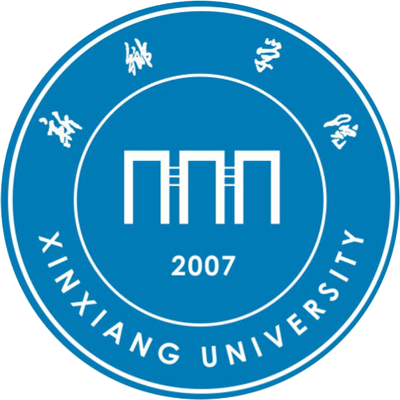详细信息
Photo-induced self-catalysis of nano-Bi2MoO6for solar energy harvesting and charge storage ( EI收录)
文献类型:期刊文献
英文题名:Photo-induced self-catalysis of nano-Bi2MoO6for solar energy harvesting and charge storage
作者:Si, Jiangju[1,2]; Guo, Changmeng[1]; Liu, Haojie[1]; Li, Weiwei[1,2]; Guo, Xiaowei[1,2]; Bai, Peidong[1]; Liu, Yanghong[1]; Chen, Gairong[1,2]; Sun, Ningbo[1,2]
第一作者:Si, Jiangju
通讯作者:Sun, Ningbo|[1107139071109]孙宁波;
机构:[1] School of Chemistry and Materials Engineering, Xinxiang University, Xinxiang Henan, 453003, China; [2] Henan Photoelectrocatalytic Material and Micro-Nano, Application Technology Academician Workstation, Xinxiang Henan, 453003, China
第一机构:新乡学院
通讯机构:[1]School of Chemistry and Materials Engineering, Xinxiang University, Xinxiang Henan, 453003, China|[11071]新乡学院;
年份:2020
卷号:10
期号:62
起止页码:38033-38037
外文期刊名:RSC Advances
收录:EI(收录号:20204409436827);Scopus(收录号:2-s2.0-85094563362)
语种:英文
外文关键词:Layered semiconductors - Solar power generation - Electrolytes - Light - Molybdenum compounds - Photovoltaic effects - Redox reactions - Solar energy - Bismuth compounds - Storage (materials) - Energy gap - Energy harvesting - Energy storage
摘要:Efficient, sustainable, and integrated energy systems require the development of novel multifunctional materials to simultaneously achieve solar energy harvesting and charge storage. Bi-based oxysalt aurivillius phase materials are potential candidates due to their typical photovoltaic effect and their pseudo-capacitance charge storage behavior. Herein, we synthesized nano-Bi2MoO6 as a material for both solar energy harvesting and charge storage due to its suitable band gap for absorption of visible light and its well-defined faradaic redox reaction from Bi metal to Bi3+. The irradiation of visible light significantly affected the electrochemical processes and the dynamics of the Bi2MoO6 electrode. The photo-induced self-catalytic redox mechanism was carefully explored by adding sacrificial agents in photocatalysis reaction. In accordance with the rule of energy matching, the photo-generated holes oxidized the Bi metal to Bi3+, and the corresponding peak current increased by 79.5% at a scanning rate of 50 mV s-1. More importantly, the peak current retention rate remained higher than 92.5% during the entire 200 cycles. The photo-generated electrons facilitated a decrease of 184 mV in the overpotential of the reduction process. Furthermore, the irradiation of visible light also accelerated the ionic diffusion of the electrolyte. These investigations provide a unique perspective for the design and development of new multifunctional materials to synergistically realize solar energy harvesting and charge storage. This journal is ? The Royal Society of Chemistry.
参考文献:
![]() 正在载入数据...
正在载入数据...


